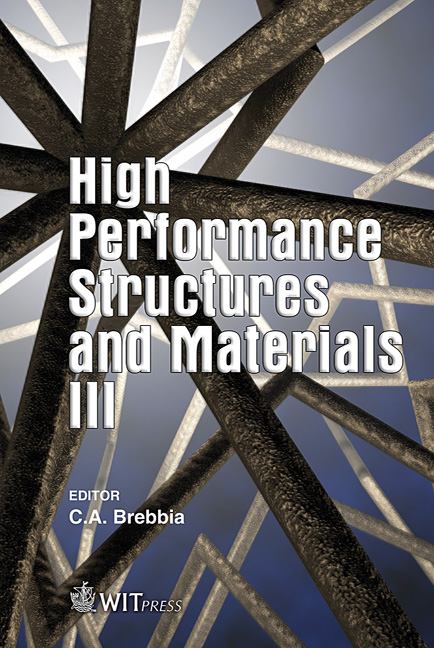Full-field Optical Measurement For Material Parameter Identification With Inverse Methods
Price
Free (open access)
Transaction
Volume
85
Pages
10
Published
2006
Size
1,986 kb
Paper DOI
10.2495/HPSM060241
Copyright
WIT Press
Author(s)
. Gu, S. Cooreman, A. Smits, S. Bossuyt, H. Sol, D. Lecompte2 & J. Vantomme2
Abstract
The application of FE simulation in manufacturing processes and virtual prototyping increases every day. In order to allow accurate simulations, correct constitutive models are needed as input to the FE software. A modern and promising way to identify the material parameters in those constitutive models is \“inverse modeling”. Full-field measurement is a suitable way to get the necessary experimental data. The technique has many advantages such as large information contents, non-contacting measurement, and versatile size of observation region, among others. However, there is no standardization yet for this kind of measurements. Therefore, there are many disagreements among researchers about how to design DICT experiments and how to correctly collect the data from DICT experiments. This paper will concentrate on discussing the key points of those problems as well as presenting some work experience with the DICT. Keywords: inverse method, FEA, full field measurement, digital image correlation. 1 Introduction Identification of cracks and defects, and estimation of distributions of material properties from experimental data are inverse problems, which are not well recognized till the middle of 1980’s. Thanks to the development of information technology by leaps and bounds, increasing efforts have been devoted to advance
Keywords
inverse method, FEA, full field measurement, digital image correlation.





